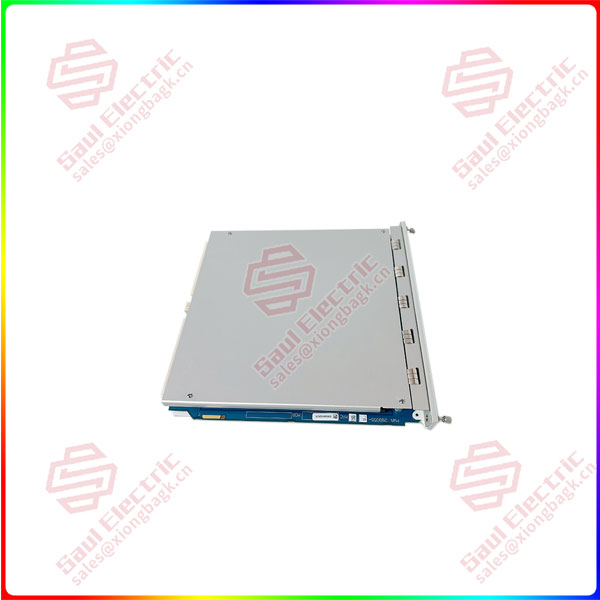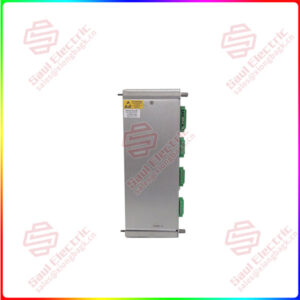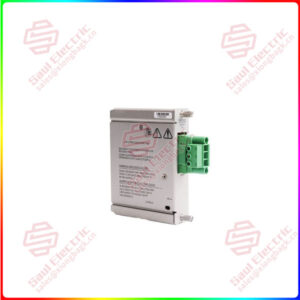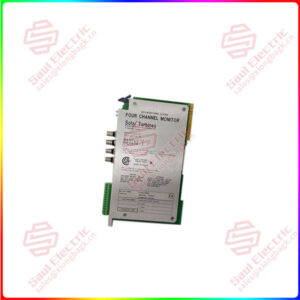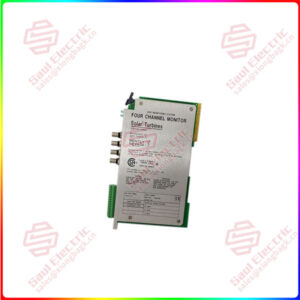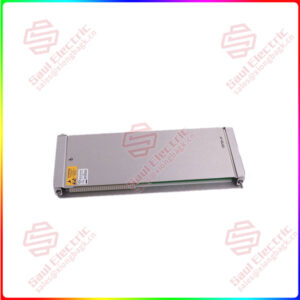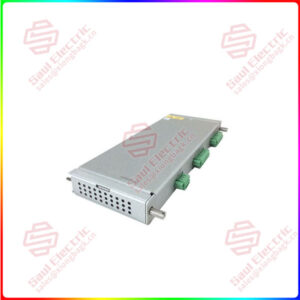Description
Overview
Essential details:3500/22M 288055-01 Transient Data Interface (TDI)
lf you need to inquire or purchase ,please send the product models to my email or call medirectly .
sunny He
[Email] sales@saulcontrol.com
[Mobile] 86-18059884797
[WhatsApp] 86-18059884797
[Skype] sales@saulcontrol.com
3500/22M 288055-01 Transient Data Interface (TDI)
Hardware trigger: Hardware trigger means that the edge change of the signal is detected by the hardware circuit on the module, and this is used as the trigger condition. This trigger method is fast and real-time, but it needs external hardware support.
Software trigger: Software trigger refers to the definition of trigger conditions through software programming. Users can write programs according to their needs, setting thresholds, time intervals and other trigger conditions. This trigger method is highly flexible, but it depends on the software to run.
Timed trigger: Data is collected at a fixed interval. This triggering mode is applicable to scenarios that require periodic data recording, such as monitoring device running status.
External signal trigger: External signal trigger means that data acquisition is triggered by external signals. Common external signals include pulse signals, switching signals and so on. This triggering mode is applicable to the application scenario that requires interaction with external devices.
Random trigger: Random trigger means that the data is collected randomly, and does not need to rely on specific trigger conditions. This trigger mode is suitable for applications that require long-term continuous monitoring, such as earthquake monitoring and environmental monitoring.
In short, the TDI module has a variety of triggering modes, and users can choose the appropriate triggering mode according to the actual application requirements. In addition, to ensure the accuracy and reliability of data collection, you are advised to consider various factors when selecting a trigger mode, such as data collection speed, data volume, and compatibility with external devices.


 1 Year Warranty
1 Year Warranty
